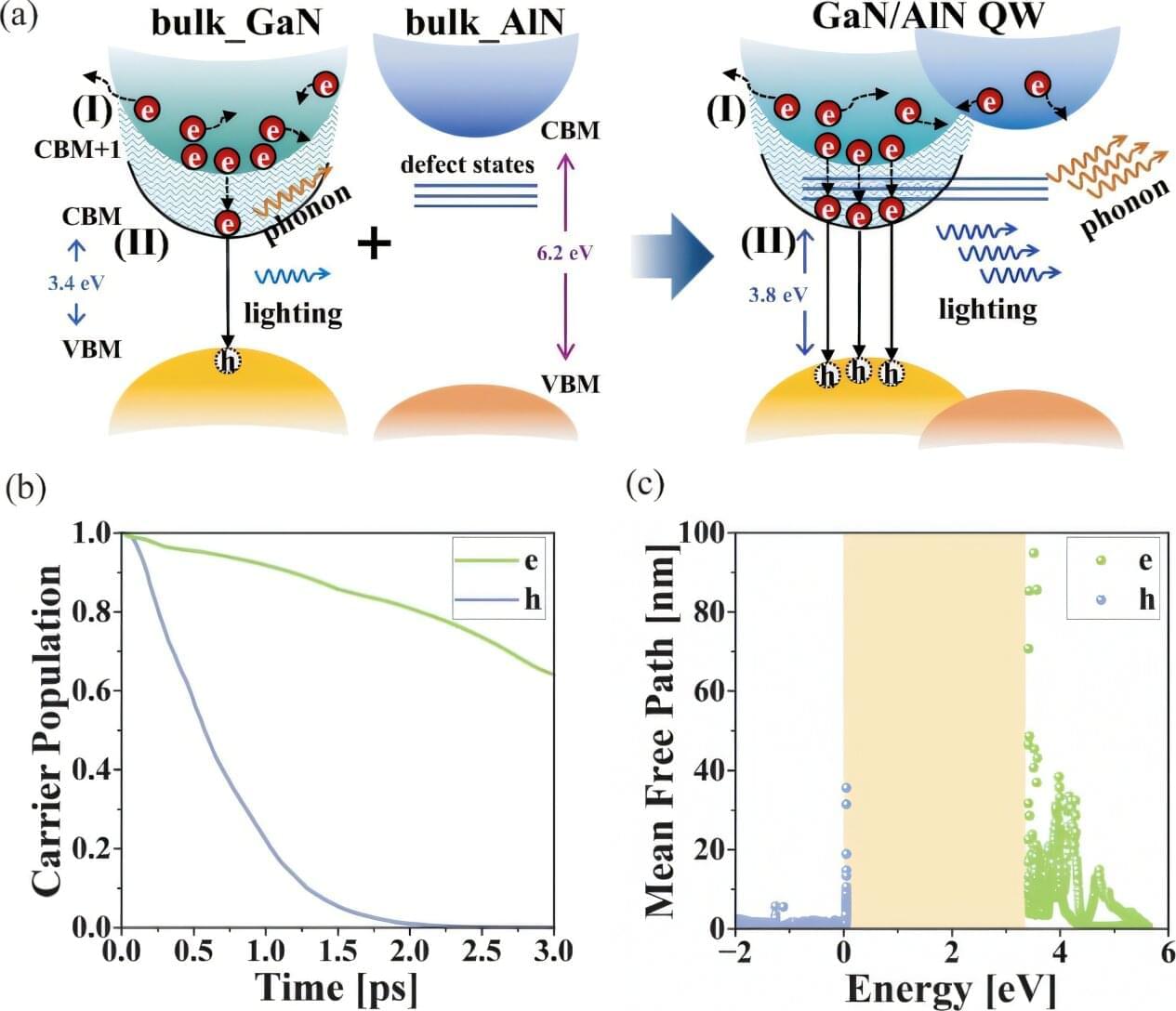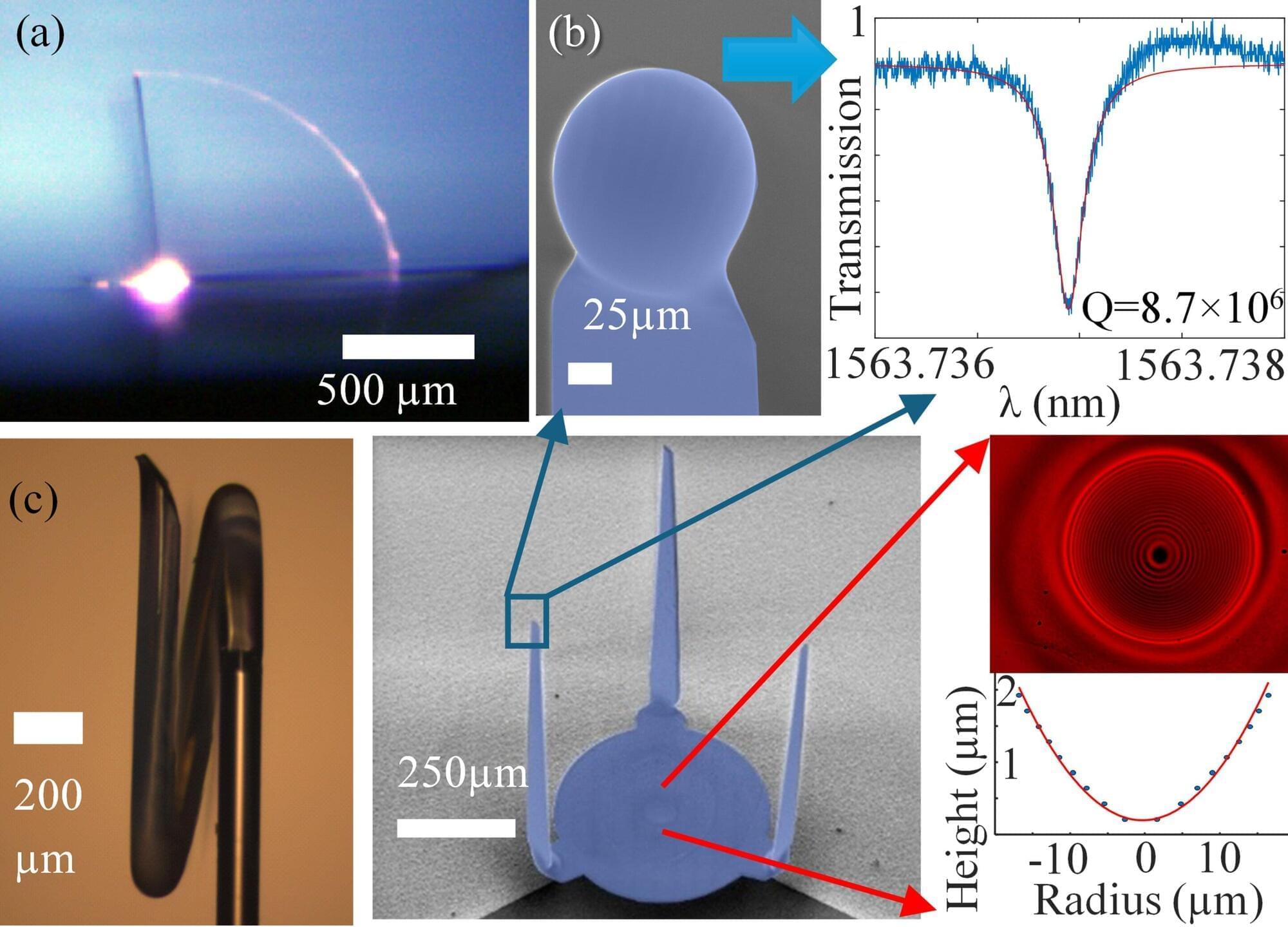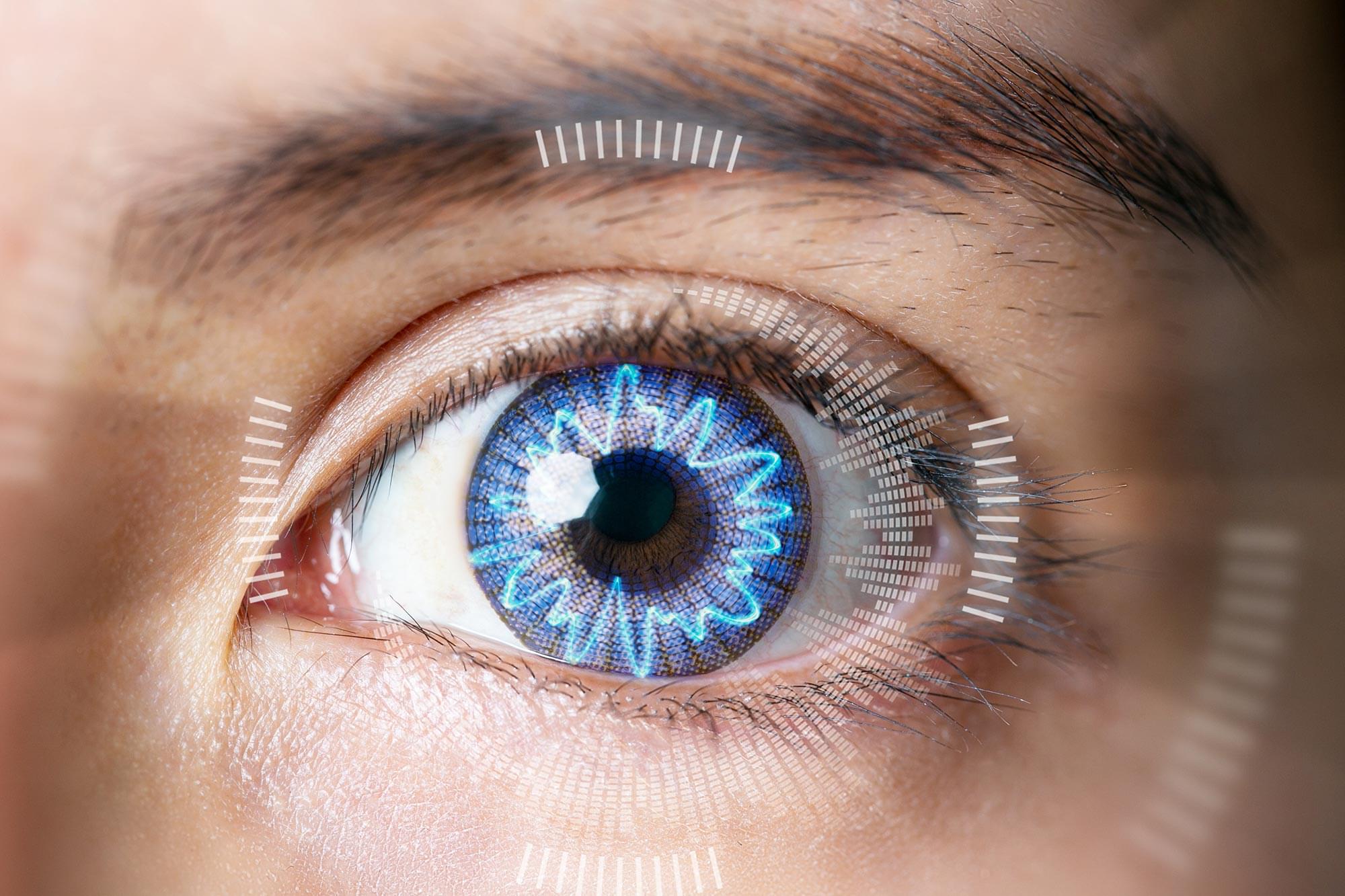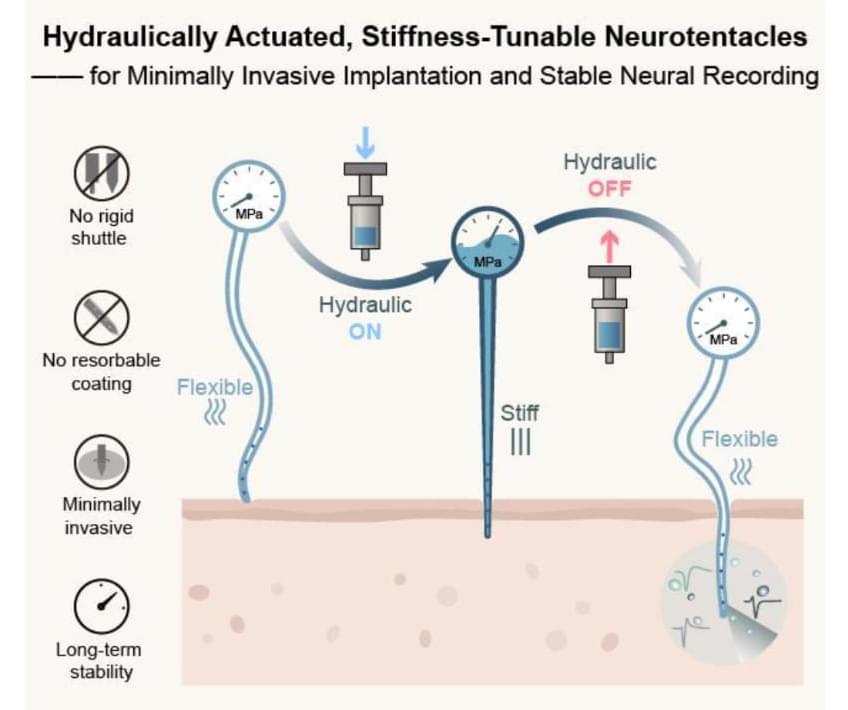Chinese researchers have made significant progress in developing flexible invasive brain-computer interface implants, creating a stiffness-tunable “Neurotentacle” probe that can reduce implantation damage by 74 percent, Science and Technology Daily reported Tuesday.
The “Neurotentacle” probe developed by researchers at the Institute of Semiconductors, Chinese Academy of Sciences (CAS), contains a tiny hydraulic system. During the implantation, the hydraulically actuated “Neurotentacle” probe stiffens like an inflated balloon to precisely penetrate brain tissue. Once it is in place, it softens afterward to minimize damage and returns to a flexible state to adapt to the brain’s microenvironment, said the report.
The findings were published online in the international journal Advanced Science on July 21.







